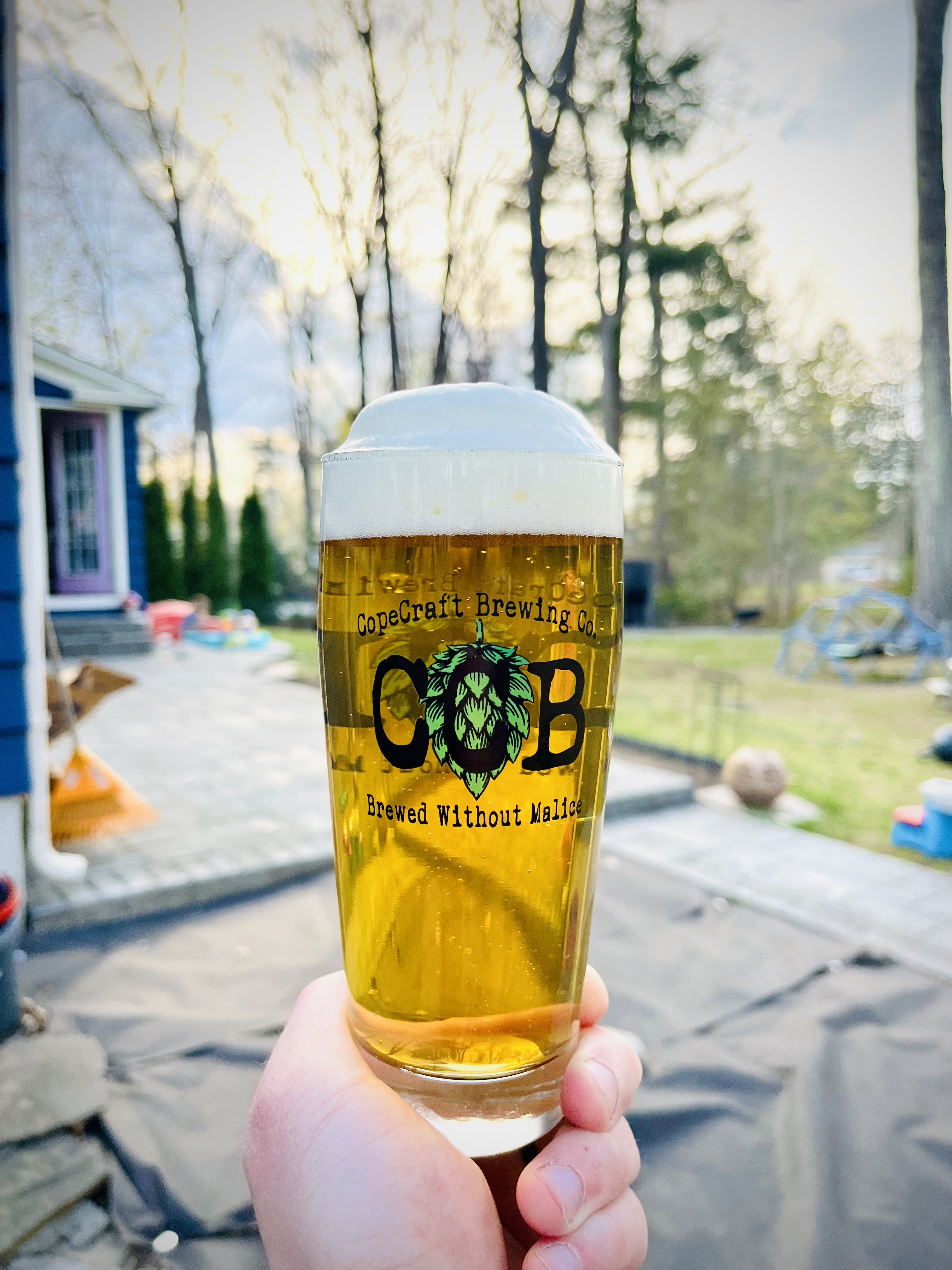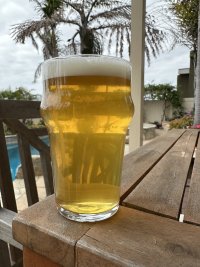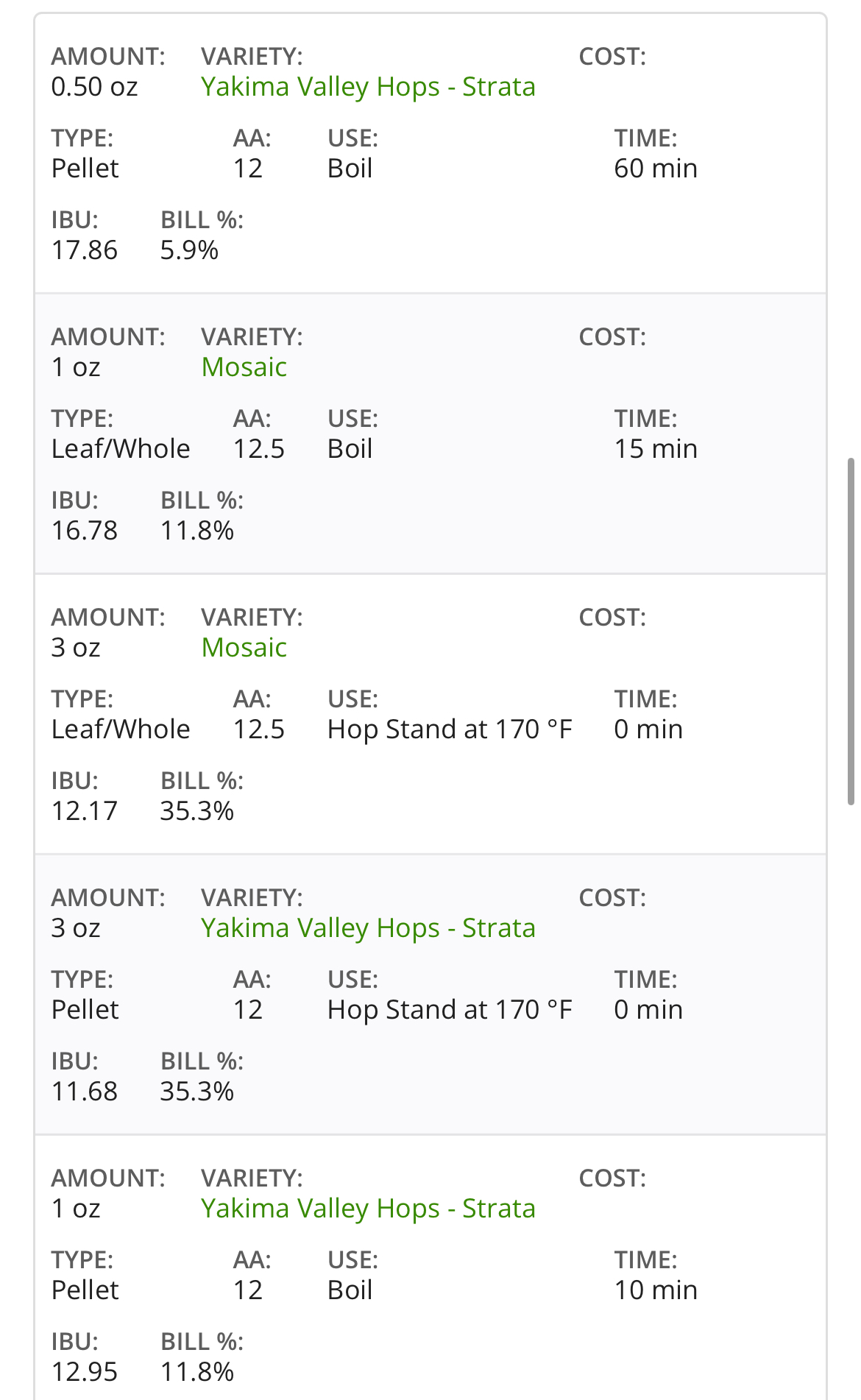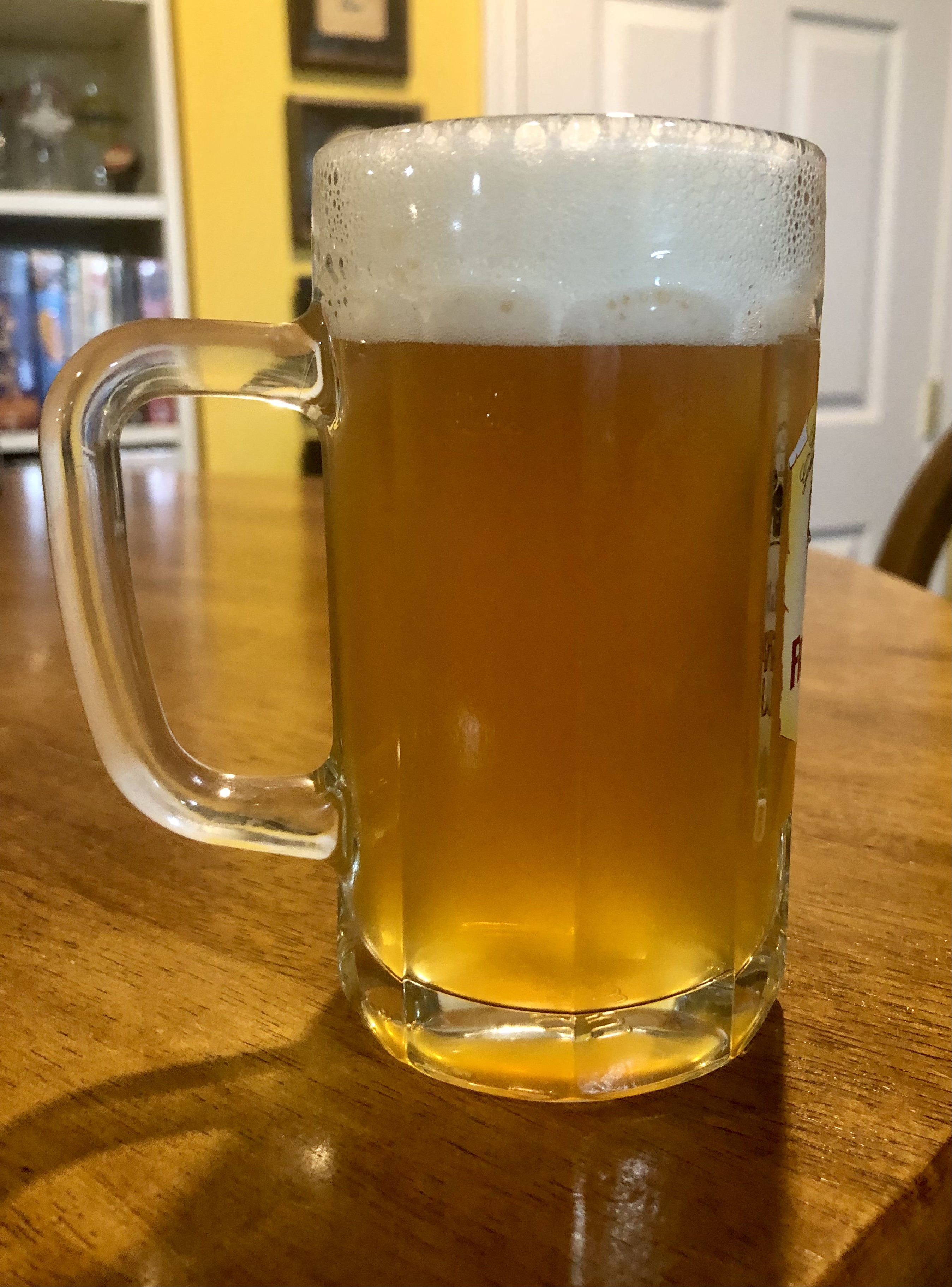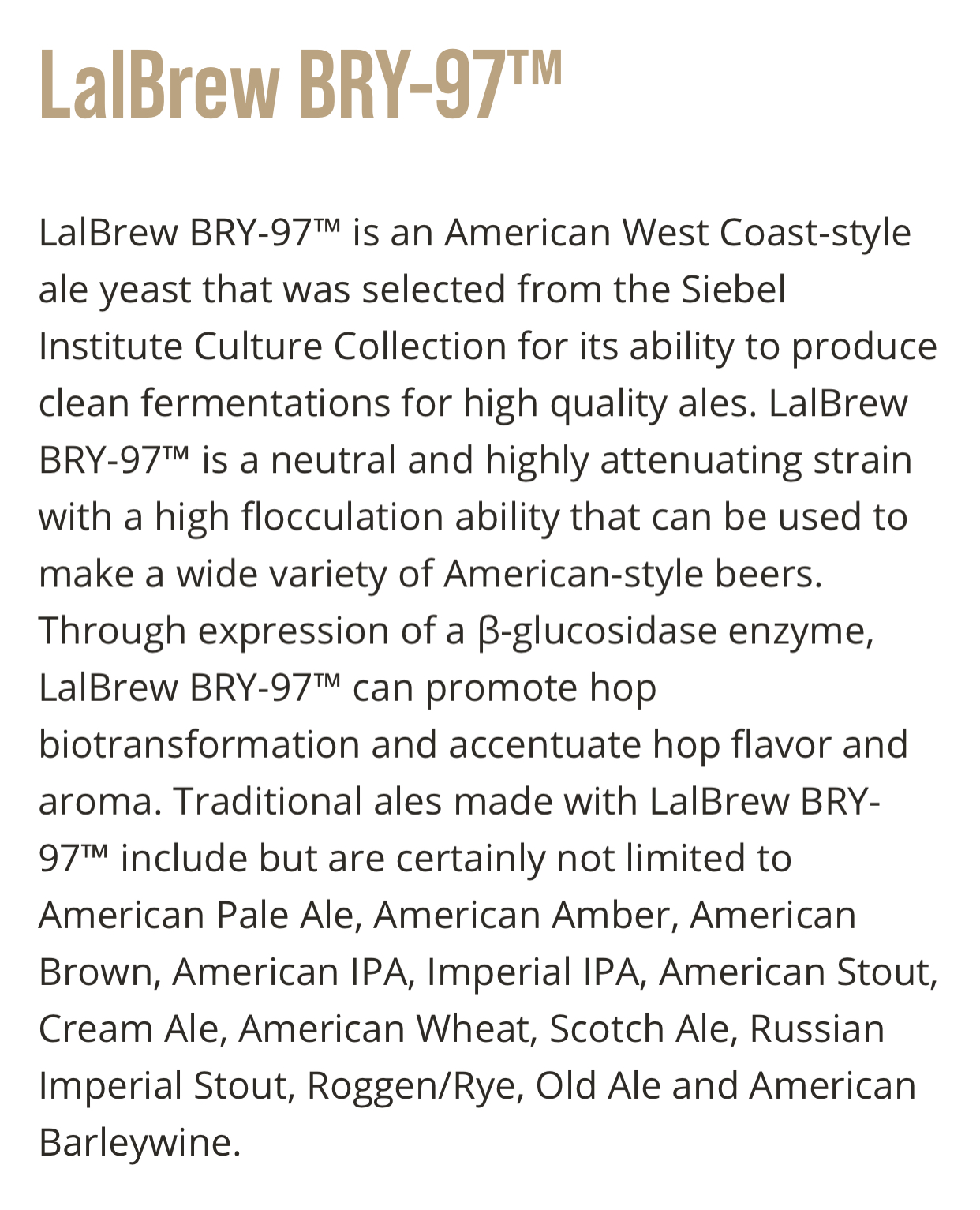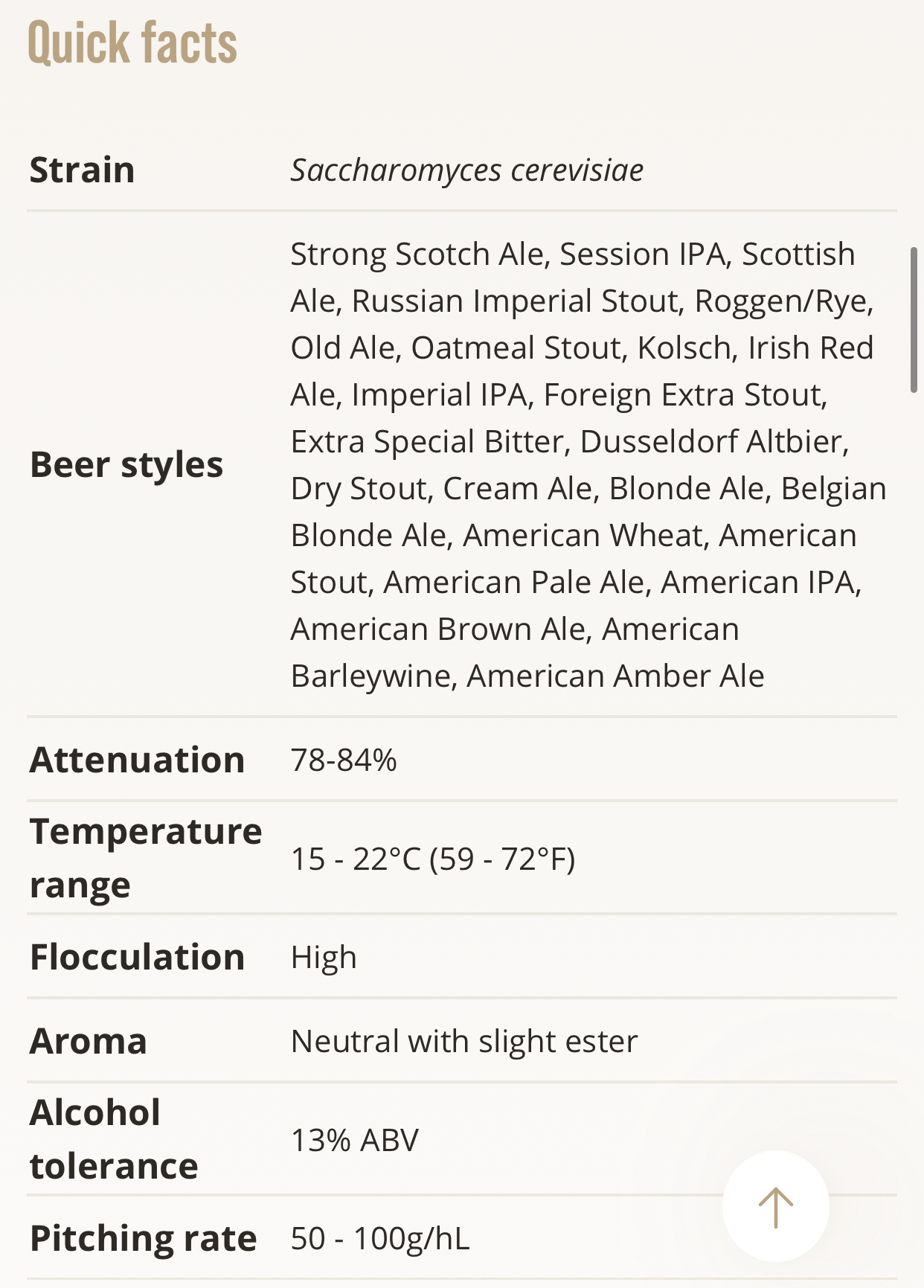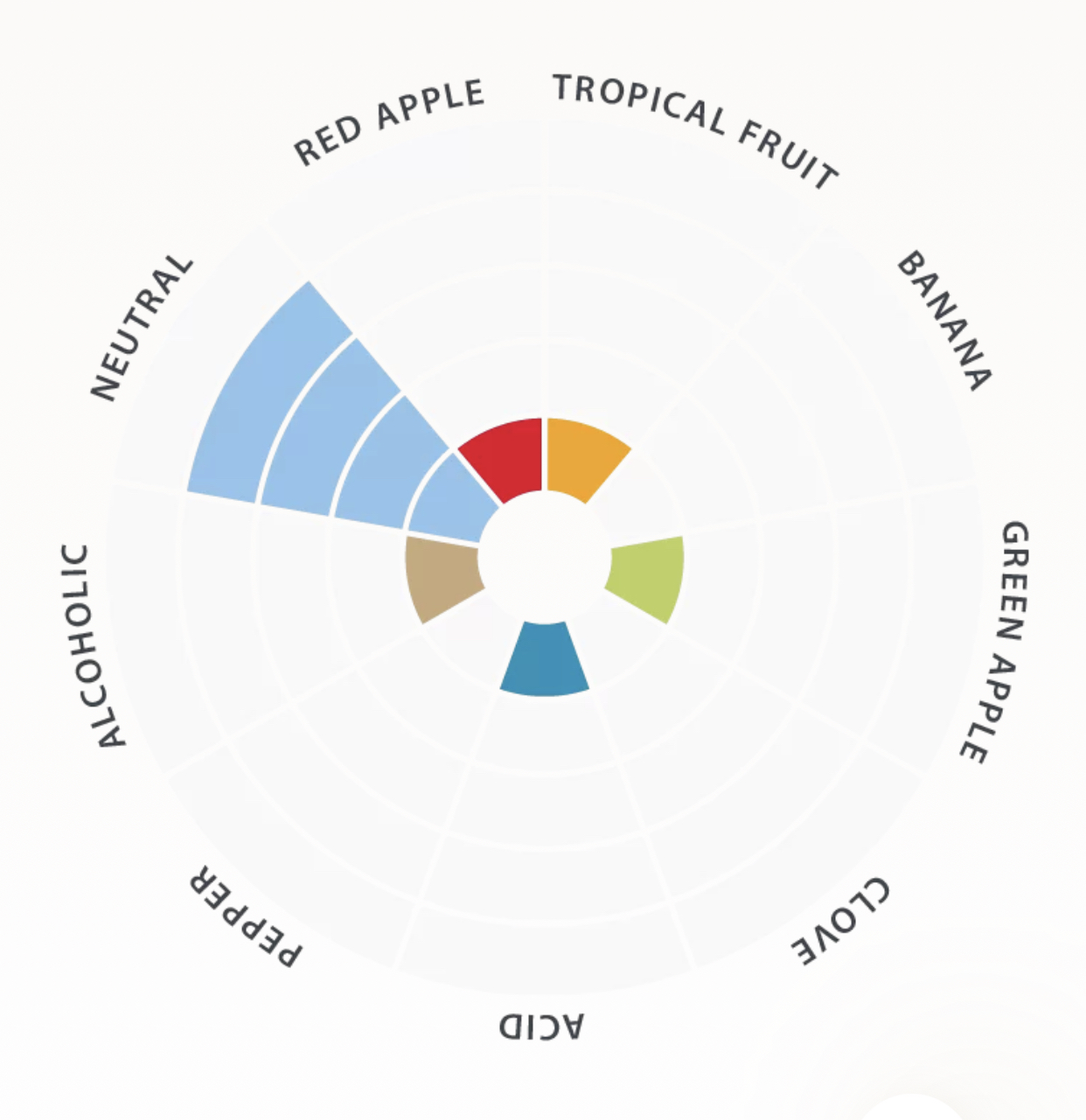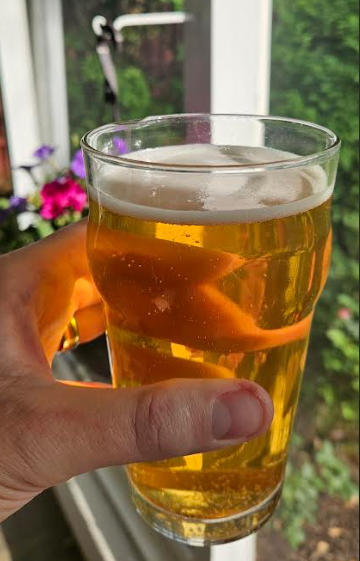spersichilli
@outfieldbeerproject
- Joined
- Aug 31, 2019
- Messages
- 75
- Reaction score
- 197
This actually just took gold at the NHC Tampa regional in American IPA (two years in a row I've won both main IPA categories there). Did it for competitions and wanted the judges to shut up about malt character so leaned maltier for the grain bill but got great new school hop expression on this one. Slight knock from the judges due to a bit of an "oniony" character which is from the mosaic, the mosaic cryo I have doesn't have that so might drop the T90's entirely and rework the ratios. So hard to find good mosaic nowadays. The strata CGX is fantastic and perfect for new school west coast, and the citra incognito dip hop gives this tongue coating hop saturation which I love. Going to slightly lower the OG to get it right at 7 and swap the C20 for C10 to lighten up the malt a touch since I think the national judges are probably ahead of the Florida judges as far as knowledge of the style. Swapping the lupomax for cryo, and also going to work in some Abstrax citra and mosaic into the DH since I ordered some of those.
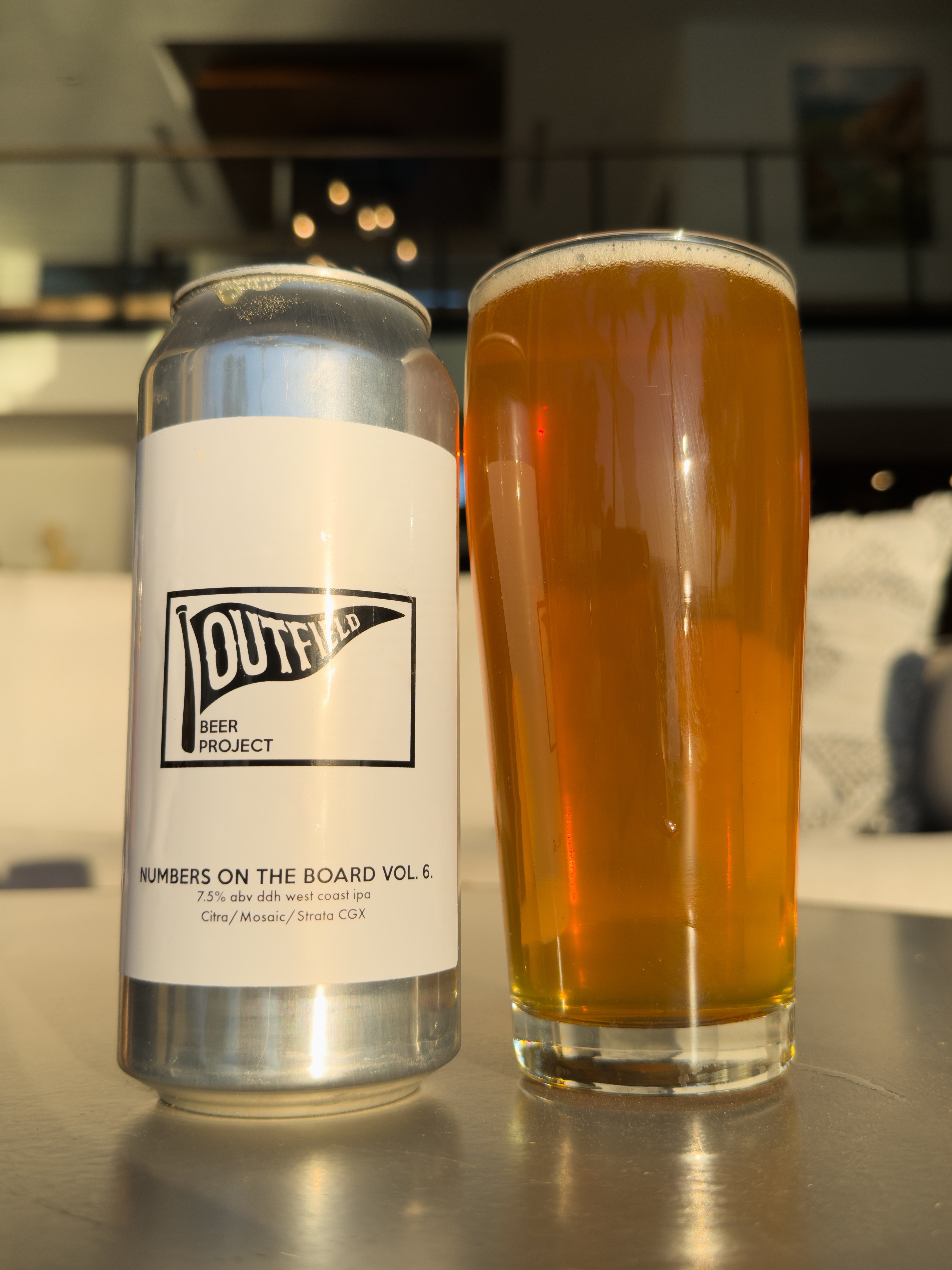
1.065 og, 1.009 FG, 88 IBUs, 300:50 SO4:Cl (6 gal into the fermenter), 7.4% abv
70% pils
20% vienna
5% C20
5% dextrose
mashed at 149, 5.2 ph with lactic
1oz Columbus at 60 (approx 42 ibu)
1.5 oz Columbus at 15 (approx 31 ibu)
4oz mosaic at WP 30 mins at 165 (approx 13 ibu) - dropped to 5.0 with phosphoric here
20g citra incognito dip hop (probably a couple ibus lol)
fermented at 66 with US-05
Dry hopped with 4/4/4/2/2 Crosby Citra '23, Hop Alliance Mosaic '24, Strata CGX '24, Citra Lupomax '23, Mosaic Lupomax '23 for 36 hours at high 40's agitating 3x. Hit it with biofine in the keg since I had run out (normally add it in with the dry hop)

1.065 og, 1.009 FG, 88 IBUs, 300:50 SO4:Cl (6 gal into the fermenter), 7.4% abv
70% pils
20% vienna
5% C20
5% dextrose
mashed at 149, 5.2 ph with lactic
1oz Columbus at 60 (approx 42 ibu)
1.5 oz Columbus at 15 (approx 31 ibu)
4oz mosaic at WP 30 mins at 165 (approx 13 ibu) - dropped to 5.0 with phosphoric here
20g citra incognito dip hop (probably a couple ibus lol)
fermented at 66 with US-05
Dry hopped with 4/4/4/2/2 Crosby Citra '23, Hop Alliance Mosaic '24, Strata CGX '24, Citra Lupomax '23, Mosaic Lupomax '23 for 36 hours at high 40's agitating 3x. Hit it with biofine in the keg since I had run out (normally add it in with the dry hop)


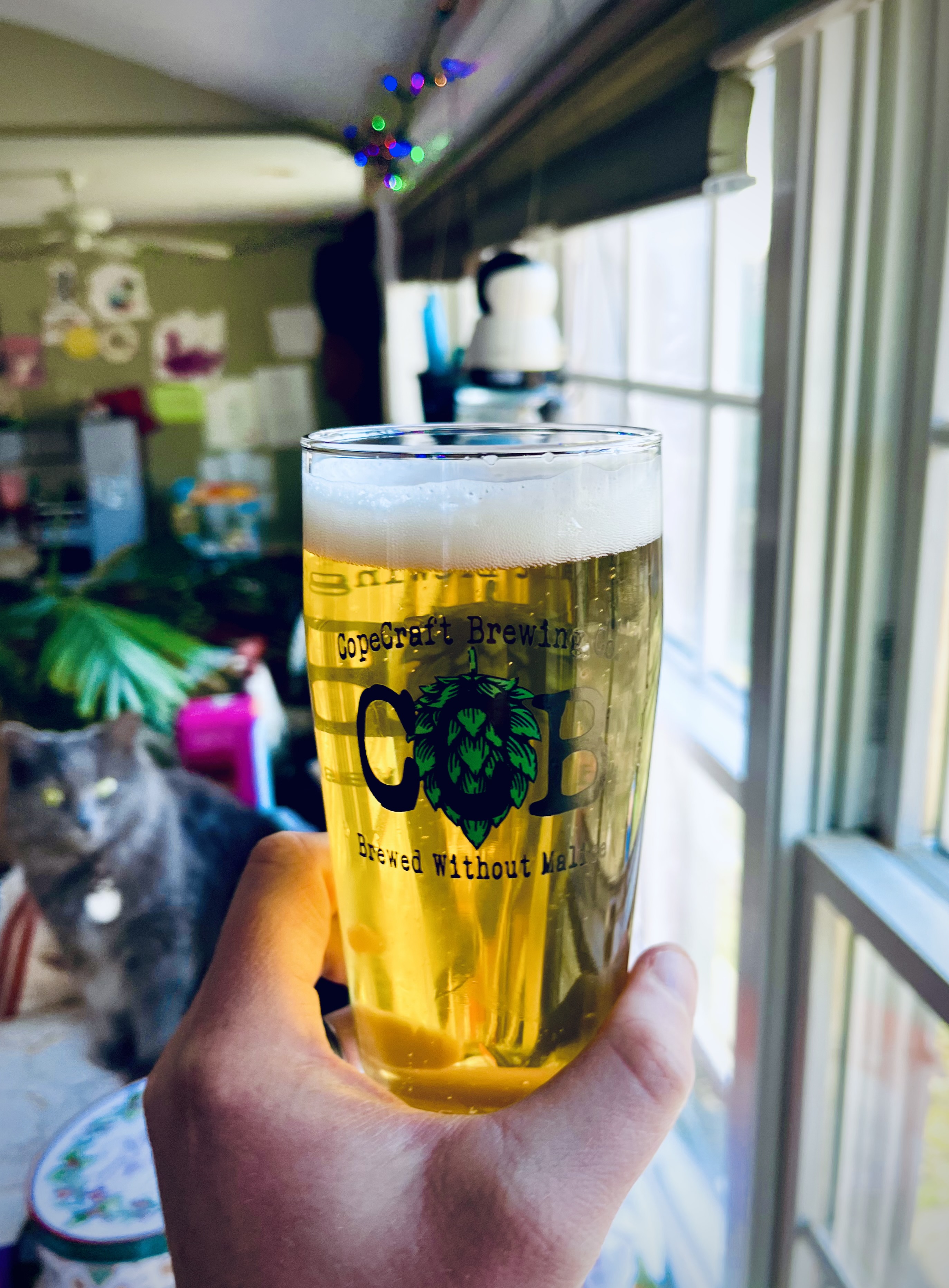





























![Craft A Brew - Safale S-04 Dry Yeast - Fermentis - English Ale Dry Yeast - For English and American Ales and Hard Apple Ciders - Ingredients for Home Brewing - Beer Making Supplies - [1 Pack]](https://m.media-amazon.com/images/I/41fVGNh6JfL._SL500_.jpg)














